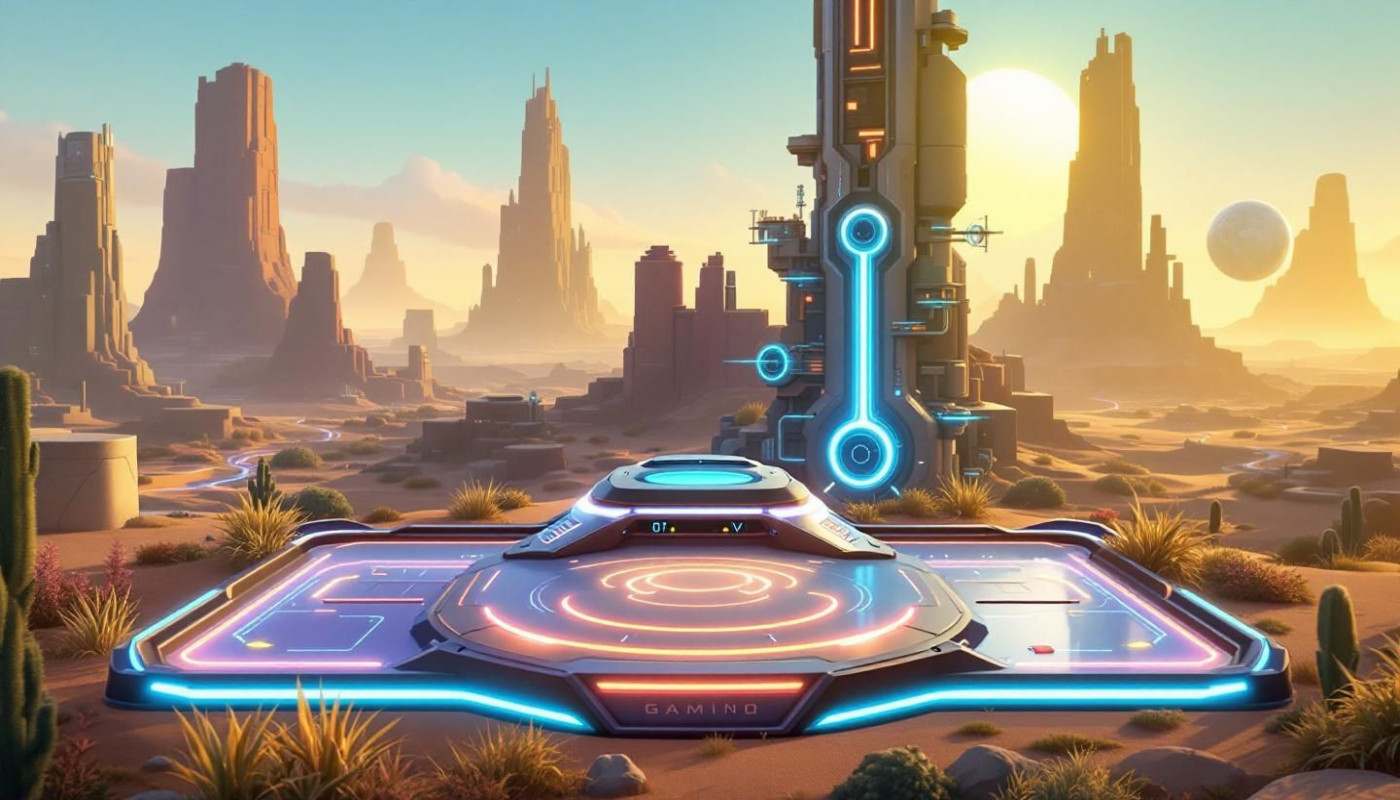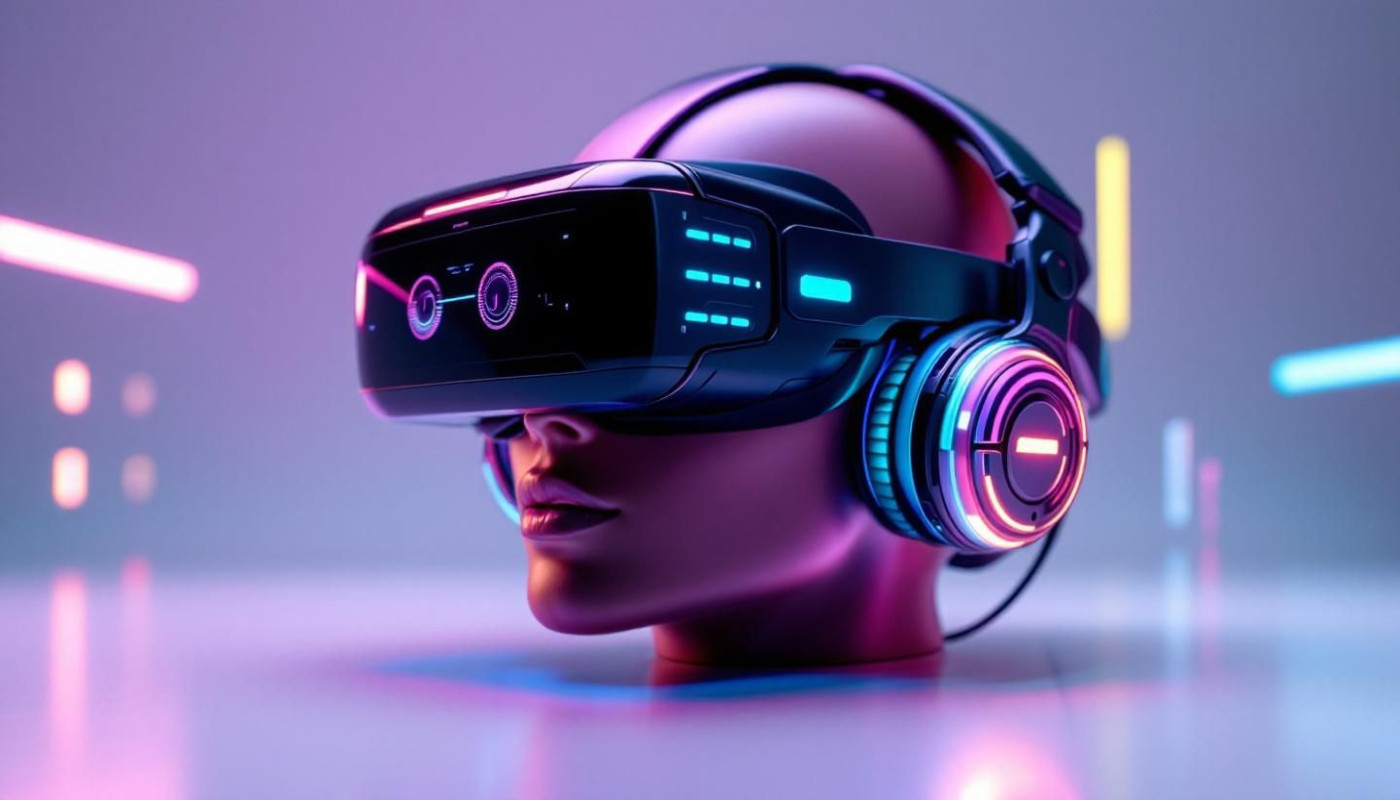Table of contents
The digital landscape is constantly evolving, and with it, the world of online entertainment platforms is undergoing a revolution. As we hurtle through the 21st century, these platforms are redefining how we consume content, interact with media, and engage with stories and communities from around the globe. This exploration of the latest trends in online entertainment platforms promises to illuminate the new ways audiences are entertained, connected, and inspired. The following paragraphs delve into these trends, offering a window into the future of digital amusement and community building.
The Rise of Interactive and Immersive Experiences
Online entertainment platforms are rapidly evolving to offer users not just visual and auditory enjoyment, but genuinely interactive and immersive experiences. This advancement hinges on the integration of immersive technology, including virtual reality (VR) and augmented reality (AR), to shift from passive viewership to active engagement. Extended reality (XR) is a term encompassing VR, AR, and everything in between, marking a new frontier in user engagement. As an expert in virtual reality technologies would attest, XR is revolutionizing the way we consume content. By enveloping users in a digitally enhanced environment, platforms can deliver a multisensory experience that was once the stuff of science fiction.
Moreover, the sophistication of interactive content has grown exponentially. Users can now influence the outcome of stories through branching narratives, a method that transforms storytelling into a personalized journey. Live audience participation, another innovative feature, blurs the line between consumer and creator, allowing viewers to have a say in the unfolding narrative or gameplay. Such features harness the promise of technology to make entertainment not just something you watch, but something you partake in and shape in real time.
The incorporation of immersive technology into online platforms also means that users can experience places and events virtually, which might be otherwise inaccessible. For example, a platform like Spinwiz could utilize XR to offer virtual concerts, allowing fans to enjoy live performances with a sense of presence, despite being miles away from the actual event. This potential of immersive technology to extend the reach of live events to a global audience is one of the many ways in which online entertainment is expanding its horizons.
Personalization and Customization
The landscape of online entertainment platforms is increasingly shaped by the twin pillars of personalization and customization, transforming the way users interact with digital content. Advanced content algorithms have become the backbone of personalized recommendations, subtly steering viewers towards shows, films, or music they are likely to enjoy. These sophisticated systems harness machine learning to analyze vast arrays of user data, ensuring that each suggestion aligns with individual user preferences. Beyond content discovery, customized interfaces allow users to mold their entertainment environments to their liking, adjusting layouts, themes, and even the types of notifications they receive. Moreover, adaptive streaming technology has emerged as a standard, optimizing video quality in real time to match the fluctuating speeds of users' internet connections, creating a viewing experience that feels uniquely tailored to each moment's circumstances. As platforms strive to offer more immersive and user-centric experiences, the role of personalization and customization in retaining audience engagement has never been more pronounced.
Integration of Social Features
The digital landscape of online entertainment platforms has evolved to make social interaction a centerpiece of user experience. Incorporating elements like social sharing and content sharing, these platforms empower viewers to spread their favorite media with ease, extending the reach of movies, series, and viral content through personal networks. A significant facet of this evolution is the fostering of user communities, where individuals congregate based on shared interests, discussing and recommending content within a curated space. Furthermore, live discussions have emerged as a dynamic way to elevate the entertainment experience, enabling real-time engagement among fans during live broadcasts or special events. For platform developers and content creators, understanding and leveraging social engagement metrics, a realm typically overseen by community managers and social media strategists, has become indispensable for driving viewer satisfaction and retention. In essence, the integration of these social features not only enriches the entertainment journey for users but also serves as a potent tool for community building and audience growth.
The Emergence of Multi-Platform Accessibility
The entertainment industry is undergoing a transformative shift towards multi-platform access, ensuring that media consumption is no longer confined to a single device. With the ubiquity of smartphones, tablets, and smart TVs, content providers are increasingly adopting platform-agnostic principles. This ensures that their services are not only compatible across diverse hardware but also provide a consistent user experience. The backbone of this seamless integration is the rise of cloud-based services, which store content remotely and stream it on-demand to users, regardless of their chosen device.
Cloud technology has been pivotal in enabling this transition, as it circumvents the need for physical storage and eliminates platform-specific limitations. Consequently, users can pause a movie on their smart TV and resume it on their smartphone during their commute, exemplifying unprecedented convenience. This shift is not merely a technological advancement but also a response to changing content consumption habits. Individuals now expect their media to be accessible anytime, anywhere, and on any device, reflecting a broader trend towards personalization and flexibility in online entertainment.
Moreover, the adoption of cross-platform features by entertainment platforms has significant implications for software engineers specializing in cross-platform software development. They must ensure that applications are not only device compatible but also optimized for different operating systems and screen sizes, maintaining high performance and user experience. This focus on seamless integration is a testament to the industry's commitment to meeting the evolving demands of a sophisticated audience that prioritizes ease of access and a frictionless media consumption journey.
The Importance of User-Generated Content
User-generated content has become a transformative force in the realm of online entertainment platforms, often serving as the backbone for audience interaction and community building. These platforms are increasingly implementing features that not only facilitate but also celebrate the creative endeavors of their users. Through the use of comprehensive creator tools, individuals are empowered to craft and share their own stories, art, and media, effectively blurring the lines between consumer and creator. This shift has had a profound impact on audience engagement, as platforms that offer an abundance of user-driven content see higher levels of participation and time spent on-site.
Content management systems (CMS) play a pivotal role in this evolution, providing a structured environment where user-generated content can be curated and displayed. These systems are designed to support content creators of all skill levels, ensuring that the barrier to entry for media democratization remains low. As a result, a more diverse range of voices can be heard and celebrated within the digital landscape. In recognizing the power of user-generated content, online entertainment platforms are not just passive repositories of media, but active participants in the fostering of a dynamic and inclusive space where everyone has the potential to contribute and shape the future of entertainment.
Similar articles

Exploring The Reliability And Safety Of Popular Online Casino Games

Exploring The Benefits And Risks Of Casinos Not Licensed In The UK

Comparing Top-rated Affiliate Casinos: What Sets Them Apart?

Exploring The Impact Of CAPTCHA Alternatives On User Experience

Exploring The Rise Of Alternative Online Gaming Platforms

Exploring The Evolution And Strategy Of Online Mini-Games

Strategies To Master Your Skills In Popular Crash Games

How To Safely Navigate The World Of Online Gambling

Exploring Traditional Japanese Crafts Through Modern E-commerce Platforms

Understanding The Impact Of Digital Currencies On Online Gambling

FAQs About Online Gambling: Everything Newcomers Need To Know

What Makes A User-friendly Online Gaming Interface?

Exploring The Evolution Of Live Casino Games Since 2019

The Rise Of Mini-Games In Online Casino Platforms

Exploring The Evolution Of Online Casino Games In 2024

Exploring The Benefits Of Online Gaming Platforms: Bonuses, Game Variety, And User Experiences

Analyzing Winning Patterns in Blackjack

How AI is Reshaping the Gambling Industry

Exploring the Hidden World of Online Gambling

The Psychological Triggers of Roulette

